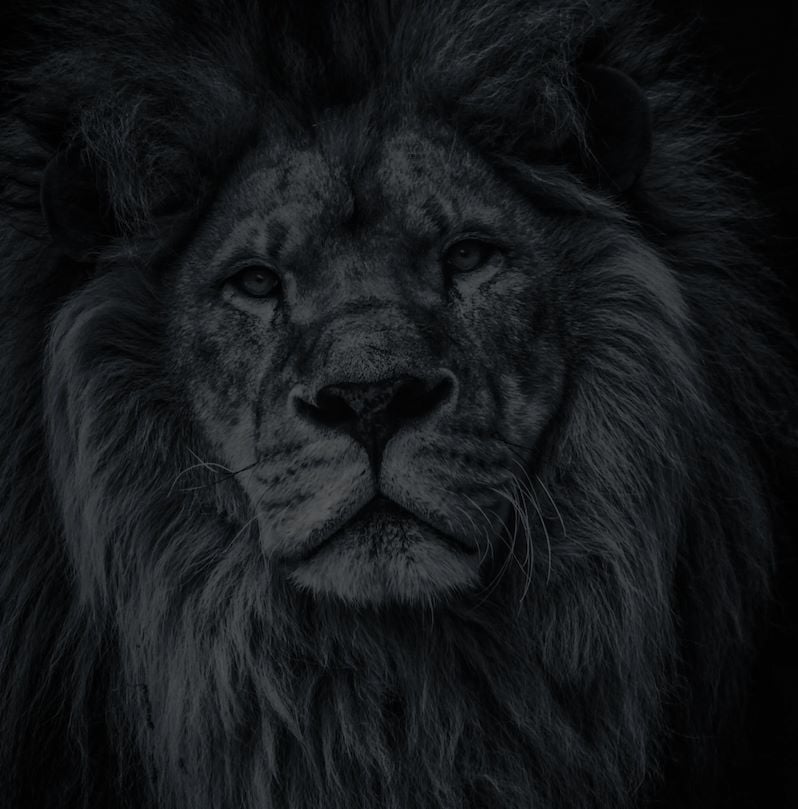With access to the Linyanti Swamps, floodplains and mopane woodlands, an outstanding combination of habitats, Wilderness DumaTau is a wildlife haven. Osprey Lagoon, on which the camp is situated, is a productive spot for many species, birds and mammals, while the floodplains brim with fantastic predator sightings.
Here, the talented Tops Xani, a Wilderness guide, has captured some truly remarkable wildlife photos. Join him on a virtual photographic safari below, for a taste of what you can look forward to at this enormously popular Botswana safari camp.

Built on the banks of the lagoon, hippos are often seen in and around camp. Nothing says “welcome to Africa” more than being lulled to sleep by snoring hippos.

The iconic hippo yawn requires great patience and a quick finger to capture at the perfect moment. But don’t be fooled – this “yawn” does not mean they are tired, but is actually a territorial challenge.

Learning about the wilderness is key during any safari – here Tops explains the flow and formation of the river courses that feed into the Linyanti River

Water – the life flow of the wilderness. Water birds at DumaTau are abundant, including the grey heron

Classified as vulnerable on the IUCN red list, the martial eagle is Africa’s largest eagle, and is known for its distinctive underwing and belly markings

Like humans, elephants can be classified as left or right “handed”, discernible by which tusk they favour. The more wear and tear to the right tusk would mean that the elephant is “right-handed”.

These curious cuties, infant chacma baboons may appear sweet and innocent now, but chacma are one of the largest of baboon species, and can grow to 1.5 metres tall

Baboons spend a fair amount of time sitting, and they have subsequently developed built-in cushions on their buttocks called ischial callosities

Impala or Aepyceros melampus are often seen in large herds, and are a favourite animal amongst many safari goers as they never disappoint. You are almost guaranteed to see an impala on each and every game drive in the Linyanti.

The giraffe's scientific name, Giraffa camelopardalis, comes from the ancient Greeks' belief that it looked like a camel wearing a leopard's coat

African wild dogs are endangered mostly due to human wildlife conflict; thankfully though the Zib Pack is a frequent sighting in the Linyanti, growing in number every season

Leopards have a light cream and gold coloured coat with dark spots. These spots are also called “rosettes,” named for their shape,that is similar to that of a rose.

Solitary cats, unlike the African lion, leopards are commonly seen on their own, unless in the company of their mother

More often than not these fierce cats are seen lounging on tree branches. They may seem as if they are sleeping but they are always on the lookout for potential prey.

Their posture changes significantly after they have spotted something enticing

On this day, a leopard was hunting a warthog that had just emerged from its burrow

Hoping to find a smaller warthog left behind in the burrow the leopard sadly emerged defeated and hungry
A couple days later though … the leopard was victorious. Below is a sequence of shots taken as the leopard hunted in yet another warthog burrow – proving that this cat is not only good with heights but also in small confined spaces.























